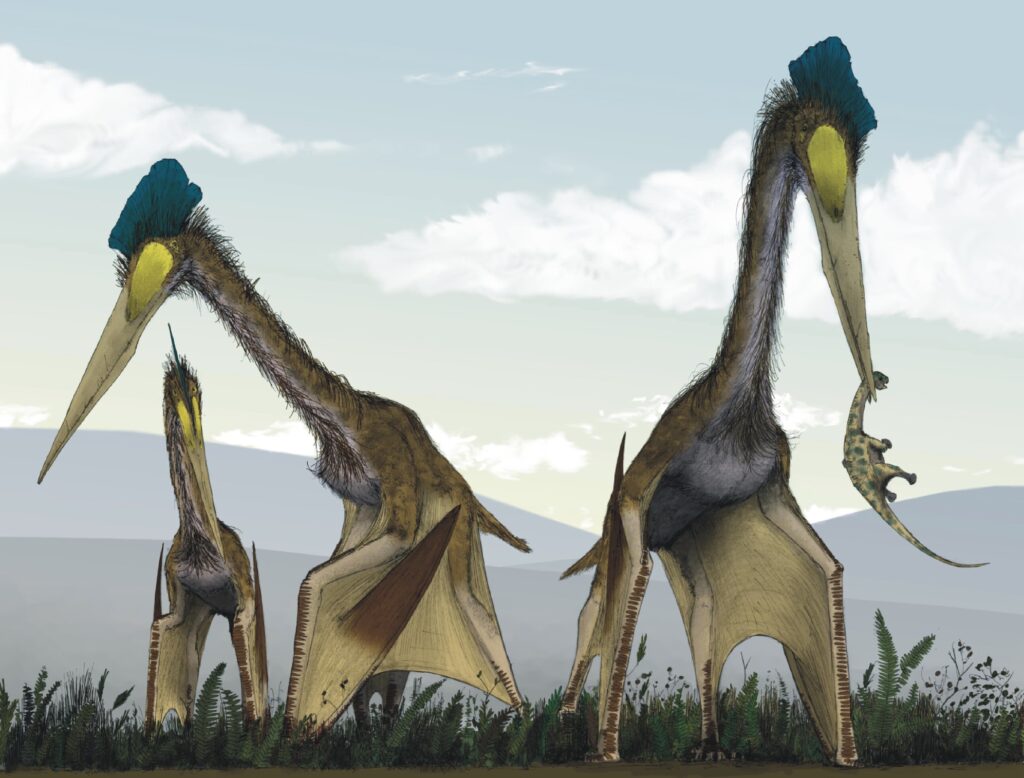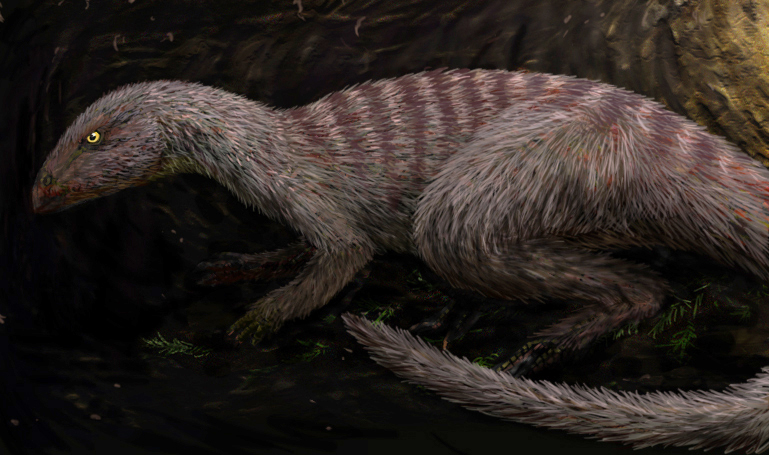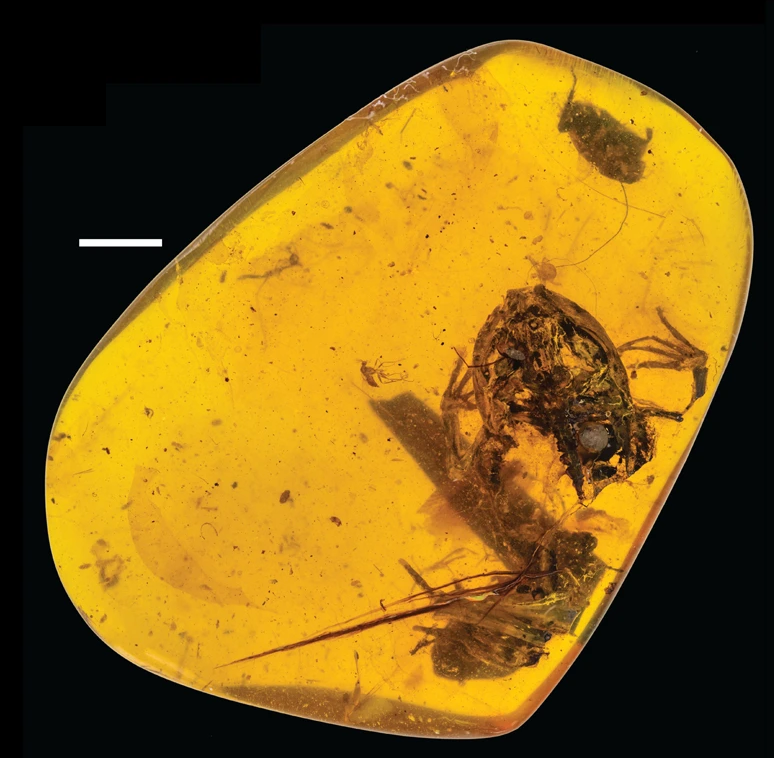The extinction of dinosaurs represents one of the most fascinating mysteries in Earth’s history. For decades, scientists have debated what caused these magnificent creatures to disappear after dominating our planet for over 165 million years. The traditional asteroid impact theory has long been the front-runner, but new research continues to challenge, refine, and sometimes completely reimagine our understanding of this pivotal moment in evolutionary history. Recent scientific advances have provided fresh perspectives on what might have happened 66 million years ago during the Cretaceous-Paleogene (K-Pg) extinction event. In this article, we’ll explore the latest theories about what killed the dinosaurs, examining new evidence and alternative hypotheses that are reshaping our understanding of this world-changing event.
The Chicxulub Impact: The Classic Theory Refined
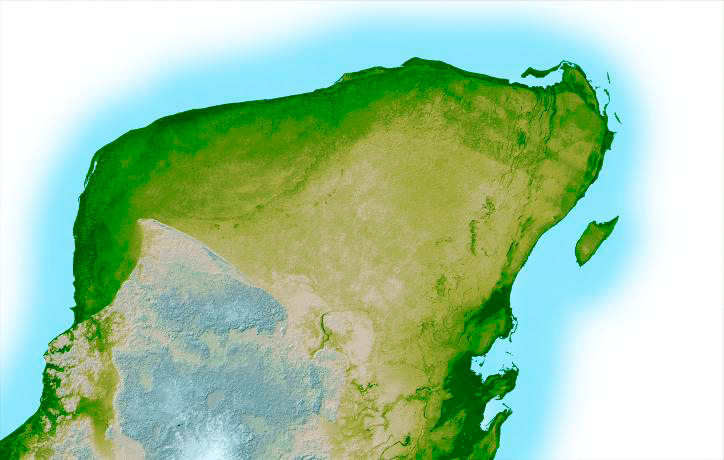
The asteroid impact theory remains the most widely accepted explanation for dinosaur extinction, centered on evidence from the Chicxulub crater in Mexico’s Yucatán Peninsula. Recent high-precision dating techniques have confirmed that this massive impact occurred precisely at the K-Pg boundary 66 million years ago, strengthening the temporal connection between the impact and extinction. Advanced modeling has revealed that the asteroid, estimated to be 10-15 kilometers in diameter, struck at an angle of about 60 degrees, maximizing its destructive potential. This oblique impact would have ejected significantly more climate-altering dust and sulfur into the atmosphere than previously calculated. The resulting “impact winter” would have been even more severe than earlier models suggested, providing a more comprehensive explanation for the widespread extinction that followed.
Deccan Traps: Volcanic Activity as a Major Contributor
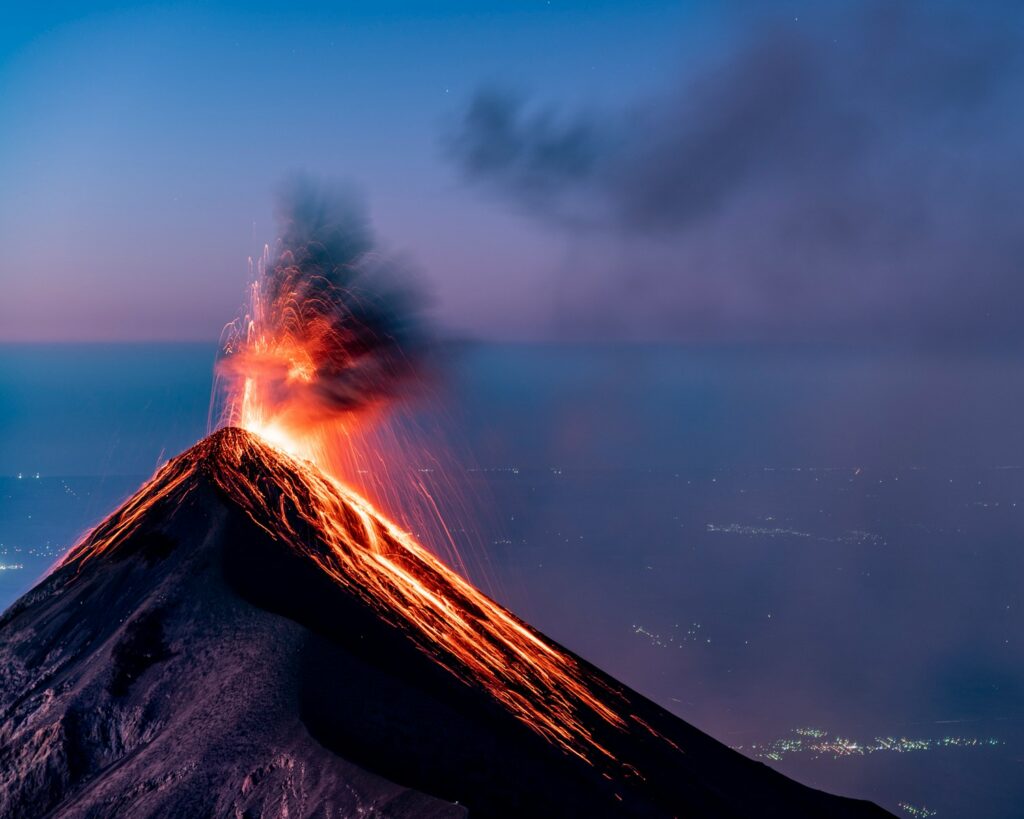
The Deccan Traps in India represent one of Earth’s largest volcanic provinces, and their eruption coincided with the dinosaur extinction period. Recent geochronological studies have revealed that these massive eruptions intensified precisely after the Chicxulub impact, suggesting a potential trigger relationship between the asteroid and volcanic activity. The eruptions released enormous quantities of carbon dioxide and sulfur dioxide, contributing to severe climate disruption through both warming and cooling phases. Some research indicates that the Deccan eruptions had already placed dinosaur populations under significant stress before the asteroid impact delivered the final blow. This “one-two punch” hypothesis suggests that without the pre-weakening effect of the volcanic activity, dinosaurs might have survived the asteroid impact, making both events crucial to understanding the extinction.
The Multiple Impact Hypothesis: Beyond Chicxulub
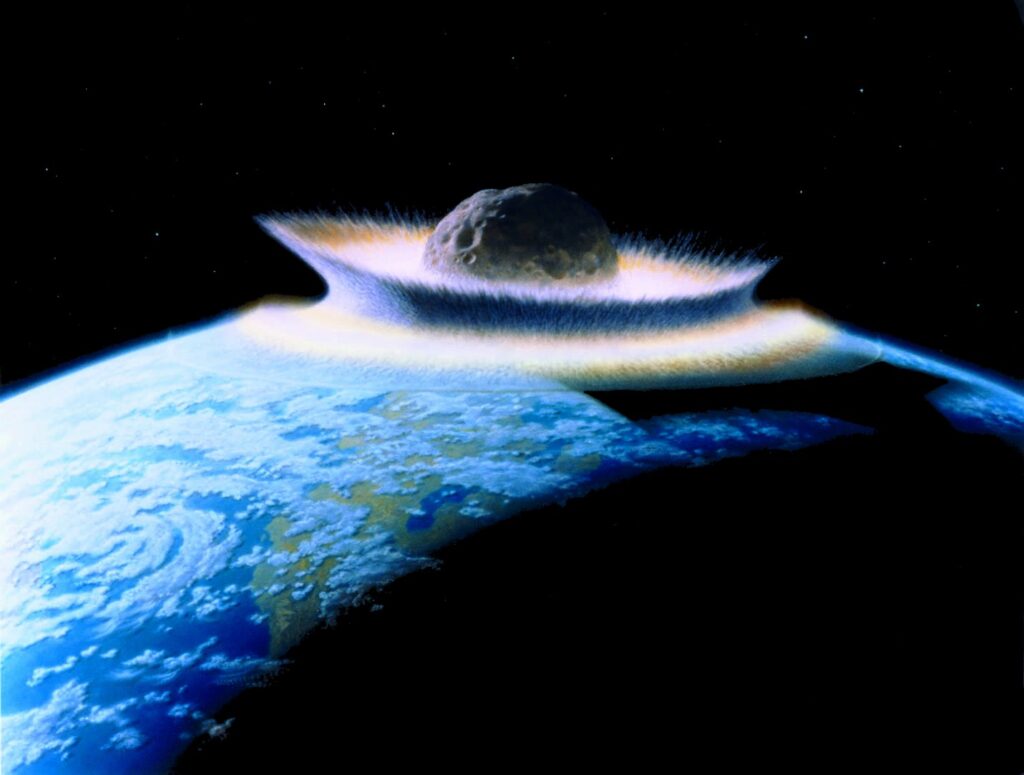
An emerging theory suggests that the Chicxulub impact may not have been an isolated event but part of a series of asteroid impacts. Evidence for this comes from several other impact craters that appear to date from roughly the same period, including the Boltysh crater in Ukraine and the Silverpit crater in the North Sea. Computer modeling of asteroid orbits indicates that gravitational disturbances in the asteroid belt could have sent multiple large bodies toward Earth in a relatively short period. If correct, this theory would explain the extended pattern of ecological stress observed in the fossil record leading up to the final extinction event. Rather than a single catastrophic day, dinosaurs may have faced a series of devastating impacts over thousands or even hundreds of thousands of years, gradually diminishing their ability to recover as a group.
Dark Matter and Cosmic Influences
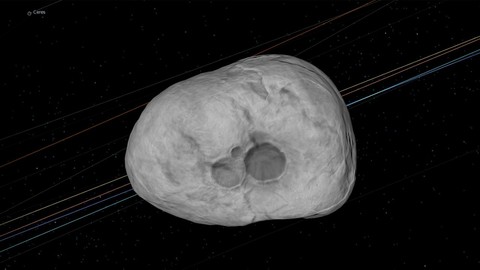
A more speculative but scientifically grounded theory connects dinosaur extinction to our galaxy’s cosmic cycles. Some researchers propose that as our solar system oscillates through the Milky Way’s plane approximately every 30 million years, it encounters higher concentrations of dark matter that could potentially dislodge comets from the Oort cloud. This theory aims to explain the apparent periodicity of mass extinctions observed in Earth’s fossil record. Advanced telescope surveys are now mapping our galaxy’s dark matter distribution with unprecedented precision, providing data to test this hypothesis. If validated, this theory would suggest that mass extinctions like the one that killed the dinosaurs might be partly predictable cosmic events rather than random catastrophes, linking Earth’s biological history to the structure of our galaxy.
Climate Change: The Pre-extinction Environment

Recent paleoclimate reconstructions have revealed significant climate fluctuations during the late Cretaceous, even before the asteroid impact or volcanic eruptions reached their peak. Evidence from ancient soils, plant fossils, and oxygen isotope analysis indicates that dinosaurs were already experiencing environmental challenges, including temperature swings of several degrees. Marine sediment cores show that oceans were undergoing chemical changes affecting the base of the food chain. These climate stressors may have reduced biodiversity and population resilience among dinosaur species, creating vulnerable ecosystems more susceptible to catastrophic disruption. The discovery of declining dinosaur diversity in certain regions a million years before the extinction supports this “weakened ecosystem” hypothesis, suggesting that environmental conditions had already placed dinosaurs in a precarious position.
Selective Extinction: Why Some Survived and Others Perished

One of the most puzzling aspects of the K-Pg extinction is its selectivity – while non-avian dinosaurs disappeared completely, many other animal groups, including mammals, crocodilians, and birds (which are technically dinosaurs) survived. Recent research suggests that dietary flexibility may have been a key survival factor, with omnivores and scavengers showing higher survival rates than specialized feeders. Body size also appears critical – animals weighing less than 25 kilograms had much better survival odds, perhaps due to reduced food requirements and the ability to shelter in protective microhabitats. Fascinating new evidence indicates that cold-adaptation might have played a crucial role, as species accustomed to surviving seasonal temperature drops were pre-adapted to withstand the impact of winter. These insights help explain not just why dinosaurs died, but why certain lineages lived to evolve into today’s biodiversity.
The Impact of Winter: New Atmospheric Models

Advanced climate modeling has revolutionized our understanding of the post-impact environment, showing that global temperatures likely plummeted by up to 26°C in the aftermath of the Chicxulub impact. These sophisticated simulations incorporate data from recent geological studies showing massive quantities of soot in the boundary layer, indicating worldwide wildfires ignited by the impact’s thermal radiation. The models reveal that photosynthesis would have been impossible for at least two years globally, and potentially for over a decade in many regions, creating a collapse of food webs from the bottom up. New atmospheric chemistry models indicate that the impact would have generated nitric and sulfuric acids, causing acid rain with pH levels potentially as low as 3.5, further devastating terrestrial and shallow marine ecosystems already stressed by darkness and cold.
Ocean Acidification: The Marine Extinction Angle

While much attention focuses on terrestrial effects, recent research highlights the profound impact of the K-Pg event on marine ecosystems through ocean acidification. Chemical analysis of marine sediments shows that calcium carbonate saturation plummeted rapidly at the boundary layer, making it difficult for shell-forming organisms to survive. This oceanic crisis would have disrupted marine food webs that many coastal and marine dinosaur species depended upon. Advanced models indicate that deep ocean acidification may have persisted for thousands of years after the impact, creating a prolonged recovery period. This extended marine crisis helps explain why the evolutionary recovery took hundreds of thousands of years, with new species gradually filling ecological niches left empty by extinct dinosaur lineages.
Timing Precision: How Fast Did Extinction Occur?
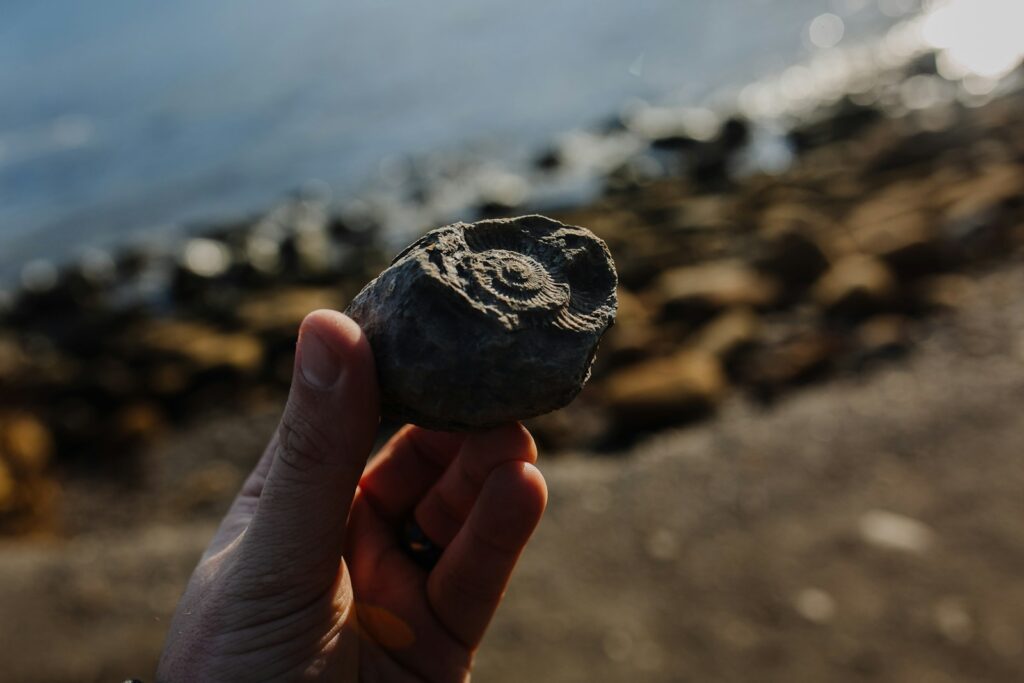
Traditional views of dinosaur extinction suggested a relatively abrupt event, but newer dating techniques have brought extraordinary precision to our understanding of the timeline. Argon-argon dating combined with magnetostratigraphy now allows scientists to identify events separated by as little as a few thousand years during this period. This chronological precision reveals that while the asteroid impact caused immediate devastation, the complete extinction of dinosaur lineages may have occurred over tens of thousands of years in different regions. Fossil evidence from sites in Montana’s Hell Creek Formation shows dinosaur remains persisting above the boundary layer, though in drastically reduced numbers, suggesting a decline rather than an instantaneous disappearance. This refined timeline helps resolve debates between catastrophists who favor a sudden extinction and gradualists who argue for a more extended process.
Regional Variations: Did Geography Affect Survival?

Fascinating new evidence indicates that extinction patterns varied significantly by geographic region, suggesting that location played a crucial role in survival chances. Fossil records from Antarctica and high-latitude regions show less dramatic species loss immediately after the impact compared to tropical and mid-latitude areas. This regional variation might be explained by the adaptation of polar species to seasonal darkness and temperature fluctuations, pre-equipping them for the impact of winter conditions. Southern hemisphere ecosystems appear to have recovered faster than northern ones, potentially due to their greater distance from the impact site and different ocean circulation patterns distributing heat. These geographical survival differences are helping scientists understand why certain animal lineages persisted while others disappeared entirely, painting a more nuanced picture of extinction dynamics.
The Avian Survivors: Why Birds Endured

One of the most significant aspects of dinosaur extinction is that it wasn’t complete – birds, as direct descendants of theropod dinosaurs, survived and diversified after the K-Pg event. Recent genomic studies have identified specific genetic adaptations that may have contributed to avian survival, including genes related to metabolic efficiency and toxin processing. Fossil evidence shows that ground-dwelling birds suffered far higher extinction rates than forest species, suggesting that tree habitats provided crucial shelter from the immediate effects of the impact. Seed-eating abilities appear to have been another key survival trait, as seeds would have remained viable food sources even during prolonged periods of reduced photosynthesis. The survival of birds reminds us that dinosaurs never truly went extinct but rather experienced a severe evolutionary bottleneck that allowed only certain specialized lineages to persist into the modern era.
The Sixth Extinction: Modern Parallels and Lessons

Scientists are increasingly drawing parallels between the K-Pg extinction and current biodiversity losses, often called the “sixth extinction.” Both events involve rapid environmental changes occurring faster than many species can adapt. The dinosaur extinction offers valuable lessons about vulnerability factors, with specialists, large-bodied species, and those with slow reproduction rates showing higher extinction risk, patterns mirrored in modern conservation concerns. Climate models of the impact of winter show disturbing similarities to nuclear winter scenarios and extreme climate change projections, providing insights into potential ecological consequences of today’s environmental challenges. Perhaps most importantly, the dinosaur extinction demonstrates how even dominant, successful groups that ruled Earth for millions of years can disappear when environmental changes exceed their adaptive capacity, a sobering reminder of ecological vulnerability in the face of rapid change.
Conclusion

The question of what killed the dinosaurs continues to evolve as new scientific techniques and discoveries refine our understanding of this pivotal moment in Earth’s history. While the Chicxulub asteroid impact remains the primary culprit, we now recognize it was likely part of a complex extinction scenario involving multiple stressors, including volcanic activity, pre-existing climate changes, and potentially multiple cosmic impacts. The selective nature of the extinction—wiping out non-avian dinosaurs while allowing birds, mammals, and other groups to survive—reveals important patterns about vulnerability and resilience that remain relevant today. As we face our era of rapid environmental change, the dinosaur extinction serves as both a scientific mystery worth solving and a profound case study in how quickly Earth’s dominant species can disappear when faced with environmental thresholds they cannot overcome. The dinosaurs’ story continues to be rewritten, not as a simple tale of catastrophe, but as a complex interaction between cosmic events, Earth systems, and biological resilience.


